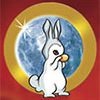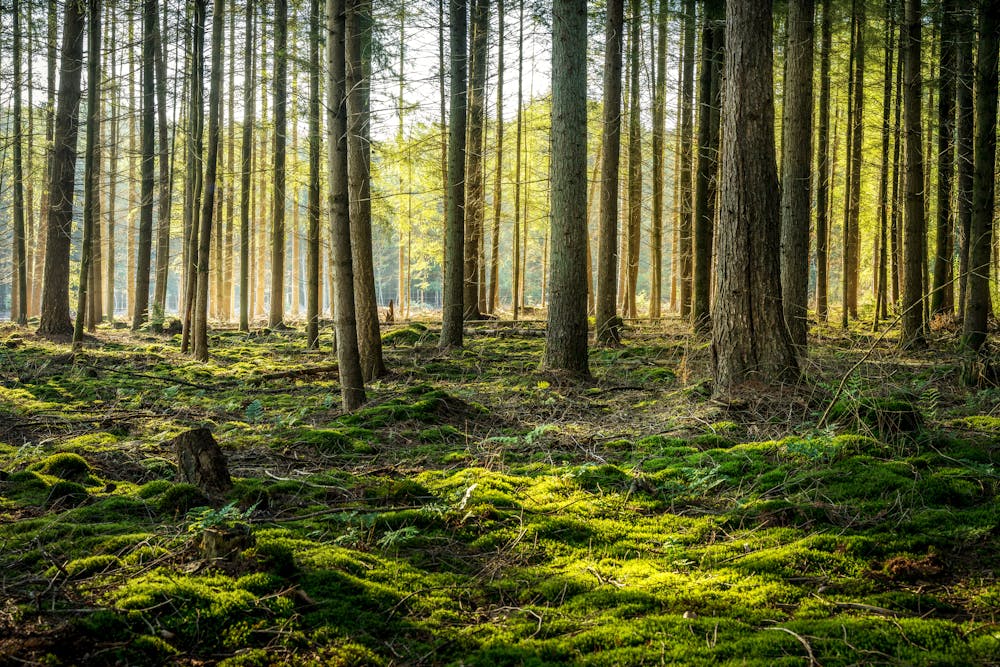14 reasons that makes the coniferous forest unique
The boreal forest, also known as coniferous forest, is found in most of Canada, Alaska, Russia, and northern Europe between 50o and 60o north latitude. Taiga is a term used to describe boreal forests in North America.
In this article, we will discuss 14 such pointers that make coniferous forests unique.
A coniferous forest is made up of evergreen trees that produce cones. Elegant pines, spruce, fir, and tamarack grow in this biome, as do spruce, fir, and tamarack. Conifers coexist with deciduous trees, particularly aspen, birch, sugar maple, and basswood, in much of the northern forest.
The term ‘conifer’ is derived from the Latin words ‘conus’ (cone) and ‘ferre’ (to bear), which mean ‘the one that bears cones’. Conifers produce cones in almost every species, though the size, shape, colour, and texture vary greatly. The Coulter Pine grows cones up to 50cm long and 5kg in weight! Fortunately, this species does not occur in Scotland; otherwise, a forest walk would necessitate the use of a hard hat!
These are mostly made up of – you guessed it – coniferous trees, so named because their seeds are in the shape of cones. Coniferous forests are mostly found in areas of the world with long winters and short summers.
Most conifers are well-suited to surviving cold winters. Downward sloping limbs aid in the removal of snow in cold, northern climates where the weight of the snow could easily break a branch. Similarly, the needles are typically smooth and waxy to aid in the removal of snow. Conifers can move water out of their cells and into the spaces between them to cope with the cold. This means that when the water freezes, the cells of the trees remain intact instead of being destroyed by the ice.
Coniferous trees are found in the taiga or boreal forest, a vast area of forest and land that encircles the majority of the planet just below the Arctic Circle. This region, which stretches across Russia, Alaska, Canada, and Scandinavia, is one of the world’s largest carbon sinks, absorbing millions of tonnes of CO2. It also serves as a haven for hardy wildlife such as deer, wolves, and foxes.
Most (but not all) conifers keep their leaves all year, whereas many broadleaved trees (including all of those found in the Methow) shed their leaves in the fall and grow new ones in the spring—a seemingly wasteful, if not downright profligate, way of life.
Most conifers are both male and female at the same time. This is known as monoecious, and it is found in many tree species. Male pollen fertilizes female cones produced by a single tree. If the conditions are favorable, the cone can fall from the tree and begin to germinate. A fertilized cone may remain fertilized for several years before falling to the ground to germinate, waiting for conditions to be optimal for growth.
The majority of coniferous trees grow in the northern hemisphere, where they form forests known as taiga or boreal forests. These trees can be found growing wild in many parts of North America, Europe, and Asia. Some conifers can be found in the Southern Hemisphere, including New Zealand and Chile.
Coniferous trees are also known as pine or evergreen trees because they have thin, waxy needles rather than broad leaves. Conifer needles, unlike their deciduous counterparts, do not change colour and are shed only once every few years.
Conifers are thought to have been a significant part of the diet of herbivorous dinosaurs. Conifers were the dominant land plant during the Mesozoic era, when dinosaurs thrived, with flowering plants appearing later. The resinous needles provided an abundance of nutrition.
Pine tree needles can be used to make scurvy-fighting tea. Scurvy is caused by a lack of vitamin C and can cause severe health problems. For early sailors exploring the world, it frequently resulted in many crew members dying in agony. Pine needles have more vitamin C per gram than oranges and have been used, sometimes unwittingly, to reverse the effects of scurvy on long sea voyages.
Sollipcha is a traditional Korean tea made with pine needles, pine pollen, and copious amounts of honey. This results in a delicate and fresh tea with a distinct flavor, though it is unlikely to trouble Earl Grey anytime soon!
Coniferous trees aren’t known for producing a lot of food for humans, but they do produce delicious pine nuts and juniper berries, which are used to make gin. Juniper trees are one of only three conifer trees native to Scotland, which may explain the high number of gin distilleries in the country!
Many coniferous trees are capable of self-healing. If a burrowing insect attacks the tree, it can secrete a scented, gummy resin that fills and hardens over the hole, protecting the tree from further damage. Insects can be deterred by the scent as well.

